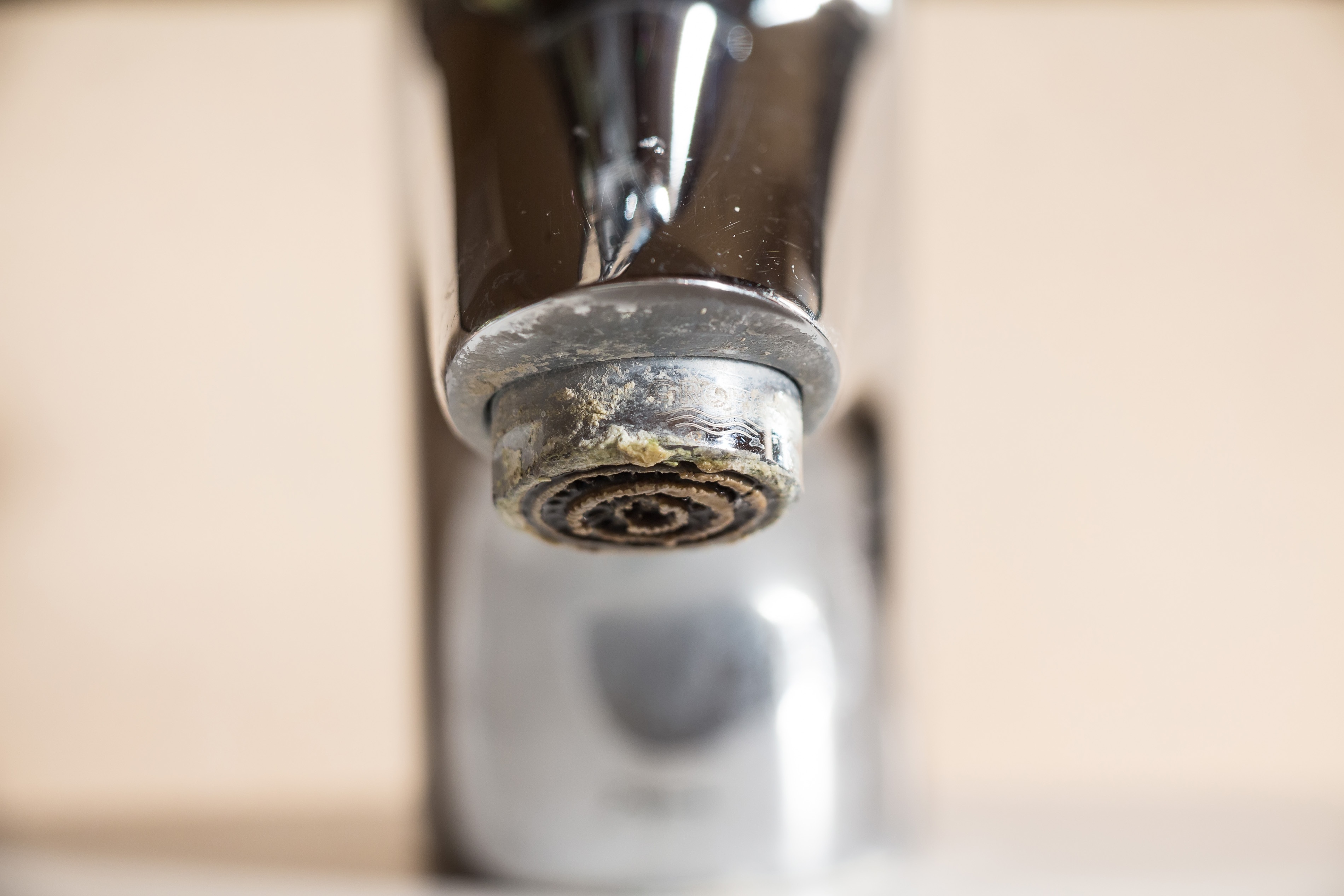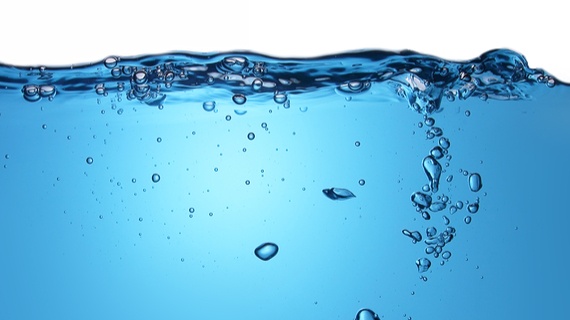
Believe it or not, there are different types of water. Or at least, different textures. Thankfully – and unlike everything else in society these days - we’re not exactly spoilt for choice with water though, as the options are either ‘hard’ or ‘soft’. Now, while you may not at first think that there would be much of a physical difference (or indeed, ramifications), you might be surprised to learn that there are some notable and far-reaching ones. Amongst which is a heightened risk of Legionella bacteria forming in hard water surroundings.
What is Hard Water and How Might it Impact on Us?
Unlike soft water (which is essentially water which has been ‘treated’ and in which the only ion found is sodium), hard water is an altogether different kettle of fish, if you’ll excuse the pun. But its presence does actually have an effect on kettles, for the record, which will be explained later. Hard water comprises a significant volume of dissolved minerals (such as calcium and magnesium), due to collecting these trace elements as rainwater permeates the earth. Rainwater also picks up the likes of chalk and lime as it makes its journey through the ground and into our waterways.
As it happens – and due to championing a better flavour as a result of collating these added mineral ingredients en route – hard water tends to taste better in terms of drinkability; not least because soft water can taste more salty. Which of course begs the question, why do we soften our water? And one of the primary reasons is due to perception and a degree of superficiality. In as much as hard water is more visually evident in everyday scenarios than soft water. Take for example the way hard water impacts on baths and kitchen sinks (typically leaving film and soap scum), while it can also leave its calling card on a variety of household appliances, such as the abovementioned kettle, which will need descaling on a regular basis if you live in a recognised hard water area where limescale is a predictable by-product.
For kettle also read dishwasher, washing machine, showers and even your heating system. Which understandably then has a financial knock-on effect which can’t be ignored. On average – and according to recent research carried out – people who live in acknowledged hard water regions have spent over £300 in the past 5 years on repairing household items, appliances or facilities which have been directly affected by limescale build-up.
Further tell-tale signs of hard water include freshly-washed hair which can often still look dull and may even feel sticky to the touch. And then there’s the detrimental effect hard water has on people’s skin, with some 14% (polled on the very subject) concurring that they look older than they actually are as a consequence of bathing in hard water. Which goes some way to explain why one fifth of us now routinely purchase creams and lotions so as to counter the ageing-effects on our skin and hair; spending over £200 per year to achieve this goal.
And the underlying reason why these circumstances are dictated by interaction with hard water is thus. For the most part soap is far less effective when in the company of magnesium and calcium, resulting in its natural ability to lather up and clean things being severely compromised. In real time this will manifest as the lather created being noticeably less rich and bubbly.
This Makes Sense. But Where is Hard Water Found?
Well the bad news for some is, it largely depends on where you reside in the UK, with regards to elementary geography. Some 13 million plus British households are said to suffer from the effects of limescale (brought on by hard water supplies), and both geography – and therein, local geology – is to blame. Basically, the types of rock through which the rainwater penetrates can alter the quality of water you receive to your home. And there’s little you can do about your local geology, short of relocating. Historically those living in the south and east of the UK are supplied with the hardest water courtesy of the rainwater passing through more chalky and limestone-y landscapes, as opposed to the north and west which – from a geological perspective – witness more granite-built natural terrain.
Right. Yet You haven’t Mentioned the Dreaded ‘L’ Word Yet?
No, but here it comes. While soft water is clearly better for skin, hair, household appliance efficiency and lifecycle, plumbing systems, drinking water taste, there’s another bonus to its presence in and around our homes too. That being it’s far less susceptible to the formulation of bacteria. And by bacteria, we’re talking about Legionella amongst other usual suspects. Hard water on the other hand can attract legionella as a consequence of the potential colonization of limescale within water storage tanks and domestic systems and ultimately ramp up the likelihood of contamination.
As we pointed out earlier, this is due to hard water containing elevated levels of calcium and magnesium; both of which can conspire to create scale build-up on surface areas of pipework infrastructure which feed or promote flow from internal water storage systems. In the event the surface becomes far less smooth, which in itself can then provide a viable breeding ground for bacteria to take root. Water treatment experts (supported by a body of scientific research) confirm that microbial biofilms don’t form on smooth pipes, which are passed over by soft water, yet in systems where hard water is present the situation changes. And when you consider the hiding places in water tanks (dead legs and poor flow areas being just two) then you can begin to imagine when and where bacteria can make itself at home. That said, in order to be accommodated in a water system, the bacteria requires hosts. These include a ready supply of nutrients found in scale, algae, rust, and sludge.
What Does Limescale Look Like?
In appearance limescale is a hard, rock-like deposit of calcium or magnesium salts which congeals within the context of heat exchangers, cooling tower packing and a raft of other water-fed equipment, instigated by heat and increased concentration. This subsequent scale colonizing impedes heat transfer and impairs flow and cooling. In other words, when heat transfer becomes an issue water heaters become less fit for purpose. And in terms of scaling and its ramifications, you only have to think about showerheads which are commonplace in our homes. Scaling within showerheads can offer a hospitable enclave for legionella bacteria, which is why it’s imperative that you descale and sanitise showerheads regularly to offset the dormant risk.
So the key here is to work to prevent the spectre of legionella bacteria by means of controlling scale in water systems, with the introduction of solutions dedicated to softening hard water, and with the objective being to eradicate the threat of limescale and the inherent possibility thereafter of biofilm formation. But just how do you go about achieving this?
How Can I Reduce the Impact of Hard Water If I Happen to Live in a Known Hard Water Area?
Solutions to hard water problems largely focus on the timely introduction of tried and tested water softening methods which target the presence of any scale; or work to safeguard a water storage system against the prospect. Various other agents can come into play at this point too, including scale and corrosion inhibitors, dispersants and biocides. Chemicals are another avenue you can go down to combat the risk posed by limescale, but alone they aren’t always the best form of defence. Elsewhere treatments which recruit the power of electric and magnetic fields (to dissolve minerals coming out of solution in the bulk fluid flow) have been embraced, and have proven to be an effective deterrent.
Referring back to water softeners, they generate sodium ion exchanges, which act to eradicate the damaging effects of calcium and magnesium and effectively foster the presence of softer water. The most prevalent water-softening methods tend to self-maintain and normally requiring top ups with water-softener salt and routine cleaning from a homeowner angle. Alternatively you may wish to opt for a third party to perform this service, with specialist water treatment companies happy to discuss your needs and create a schedule. At least with professional involvement you receive the peace of mind that everything is working correctly.







